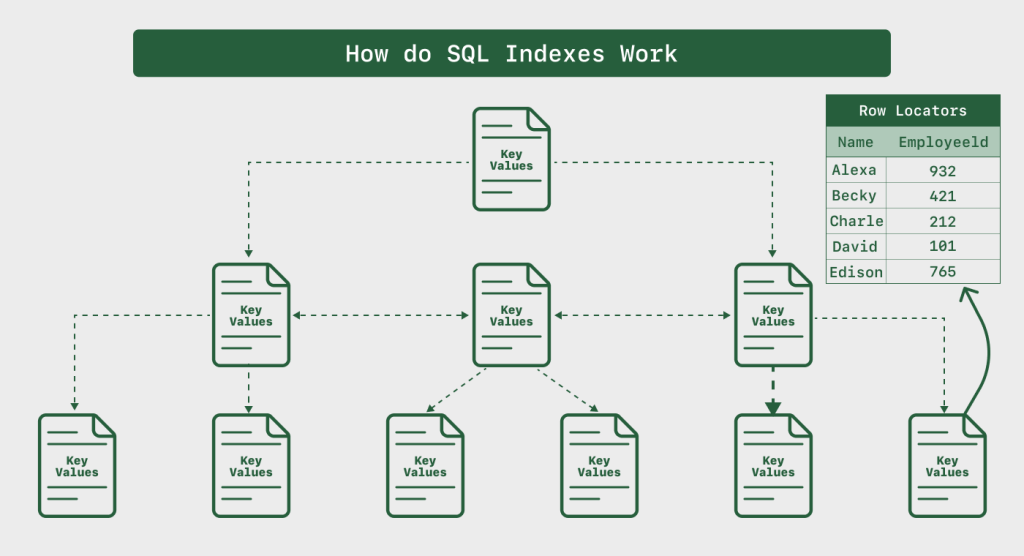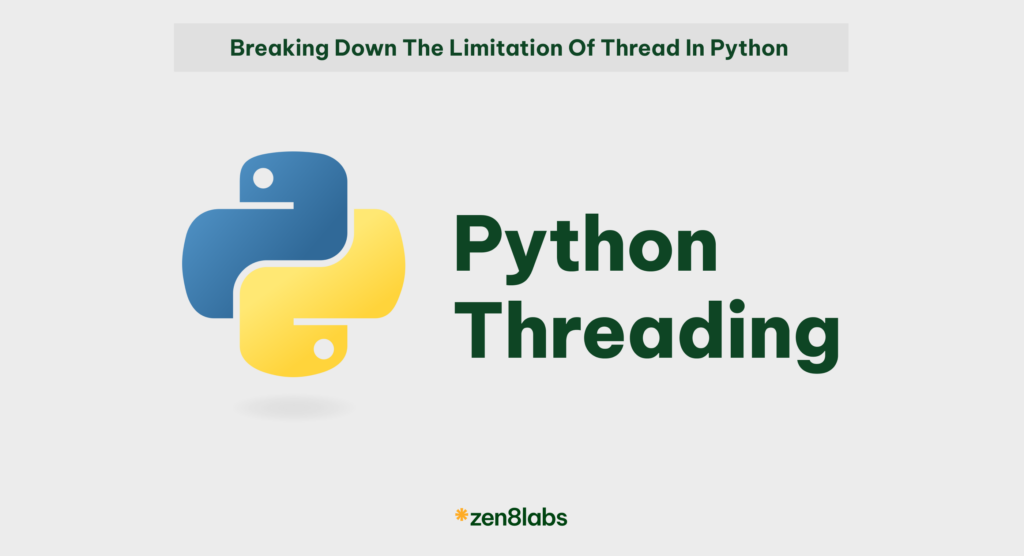
In a space where the environment is filled with of relational databases, where data volumes are ever-expanding, the efficiency of SQL queries plays a pivotal role in maintaining optimal performance. One of the key elements in achieving this optimization is the strategic use of indexes. In this blog post, we will engage with advanced indexing strategies in SQL, exploring techniques that go beyond the basics to unlock the full potential of your database performance.
Introduction
Prior to delving into more complex tactics, it’s critical to comprehend the definition of an index and its significance for the best possible database performance. A database item called an index aid in accelerating data searches and retrievals from tables. The database engine can rapidly find the necessary rows without searching the full table by indexing one or more columns. This may drastically cut down on the amount of time it takes to run queries, especially when working with big datasets.
Two common types of indexing:
- Clustered index: The physical order in which data is stored in a table is determined by a clustered index. It efficiently retrieves data when queried by rearranging the rows according to the indexed columns. Each table can have just one clustered index.
- Non-clustered index: A copy of the indexed columns and a reference to the matching rows in the table are stored in a separate structure called a non-clustered index. On a single table, numerous non-clustered indexes can be created, in contrast to clustered indexes.
Indexing strategy guidelines
Performance problems with databases and applications are mostly caused by poorly designed SQL indexes or by their absence. When indexing tables, take into account the following indexing strategies:
- Avoid indexing highly used table/columns: Do not index heavily trafficked tables or columns.
The performance of insert, update, delete, and merge statements will be affected more by the number of indexes on a table because each index needs to be modified appropriately. This implies that all affected indexes by those DML statements will require SQL Server to perform page splitting and data reorganization. - Use narrow index keys whenever possible: Keep indexes as narrow as possible—that is, with the fewest number of columns. The most effective SQL index keys are exact numeric ones (integers, for example). These keys demand less maintenance and disk space.
- Use clustered indexes on unique columns: Take into account columns that are separate or have a large number of distinct values; do not use them for columns that change frequently.
- Non clustered indexes on columns that are frequently searched and/or joined on: Make that foreign keys and columns that are commonly used in search conditions—like the Where clause that returns exact matches—have Non clustered indexes applied to them.
- Cover SQL indexes for big performance gains: Gains occur when all, of the query’s columns are included in the index.
Composite indexes
With composite indexes, several columns are indexed jointly. When it comes to optimizing queries with many search conditions or join operations, they can be rather effective. Still, it’s important to take a composite index’s column order into account. The selectivity of the columns and the query patterns should determine the order.
Monitoring and maintaining indexes
For optimum functioning, indexes must be regularly maintained and monitored. Think about the following actions:
- Index fragmentation: Track and resolve index fragmentation, which may arise from changes or expansion of the data. Rebuild or rearrange indexes on a regular basis to enhance query performance and optimize their structure.
- Unused or redundant indexes: Remove any redundant or unutilized indexes as they affect writing performance and take up store space without offering any real benefits.
Conclusion
In the exciting landscape of database management, leveraging advanced indexing strategies is essential for maintaining optimal SQL query performance. By incorporating composite indexes, covering indexes, and other advanced techniques into your database design, you can unlock new levels of efficiency, ensuring that your system can seamlessly handle the challenges of today’s data-intensive applications. Let’s remember that the key to success lies in a deep understanding of your specific workload and regularly fine-tuning your indexing strategy based on incipient requirements. A commonly used SQL Developer can be found here and to understand more of these evolving SQL requirements, check out our blog.
Nam Nguyen, Software engineer





